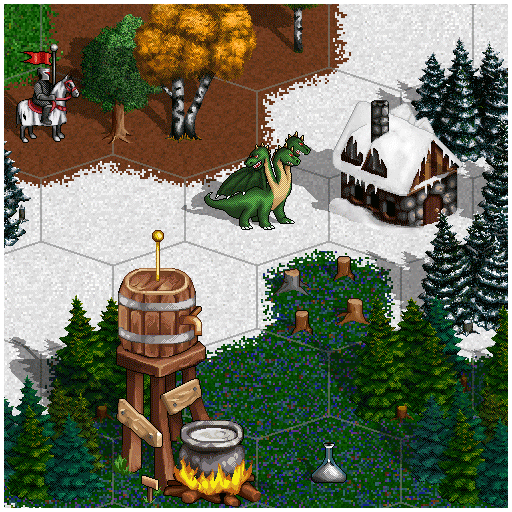
That is of course if milk is used at all, as often teas featuring citrus notes, such as Earl Grey, are best served without milk altogether. Today, however, it is common to pour the milk in after, adjusting the strength to your taste. Afternoon Tea lore has it that the custom of pouring milk into the teacup first arose to prevent the delicate fine bone china from cracking under the heat of the tea.

The dilemmas don’t stop at scones, as tea also offers up its fair share of etiquette conundrums. Whichever approach steals your fancy, all we know is that they’re equally as delicious. Returning to the West Country, it is the Cornish way to add a generous dollop of jam, followed by cream, whereas it is the Devonshire way to spread plenty of cream first, then jam. However the scone has been opened, the next decision is whether to add cream first or jam. Everyone has a preference of course, but we like to walk on the wild side and save our cutlery until the next step. Whether to break or slice a scone is the initial question. The manner of eating scones (pronounced either scone like ‘gone’ or scone like ‘cone’, there’s no judgement here) can be a point of contention at even the most civilised Afternoon Tea table.

Phew, glad we got to the bottom of that one. Hence why at The Ritz, we call our offering of finger sandwiches, scones, pastries and cake, Afternoon Tea, tracing back to the custom started by the Duchess of Bedford when she had a desire for a light snack in between lunch and dinner. Cream tea is most associated with the West Country in England, an area which is the epicentre of another scone-based debate still to come. Meanwhile, a cream tea is simply the scone element of an Afternoon Tea, served alongside clotted cream or butter and strawberry preserve, as well as a cup of tea (naturally). One theory for the meal being called ‘high tea’ is because it was eaten at a high table or counter, rather than the low tables that Afternoon Tea was customarily served on. Consisting of a substantial meal of bread, cheese, meat, and vegetables and often accompanied by hot cup of tea, it was eaten after weary workers returned home at 6pm. The term high tea originates from the evening meal of the working classes during the eighteenth and nineteenth centuries and is still used today but is often abbreviated to ‘tea’. A plethora of names are used, all supposedly referring to the same event, which can bemuse even the most experienced tea aficionado. What’s in a name?Īfternoon Tea, high tea, cream tea or simply, tea. The fear of a faux pas will soon be behind you. Having served Afternoon Tea for over 116 years, we welcome the opportunity to delve deep into the perplexing world of Afternoon Tea manners and etiquette. When it comes to this fine British ritual, guests from the world over and the United Kingdom alike find themselves questioning the finer details of Afternoon Tea etiquette. The Quintessential Guide To Afternoon Tea EtiquetteĮxplore our definitive guide on British Afternoon Tea etiquette at The Ritz London, including what to wear for afternoon tea at our 5 star hotel.


 0 kommentar(er)
0 kommentar(er)
